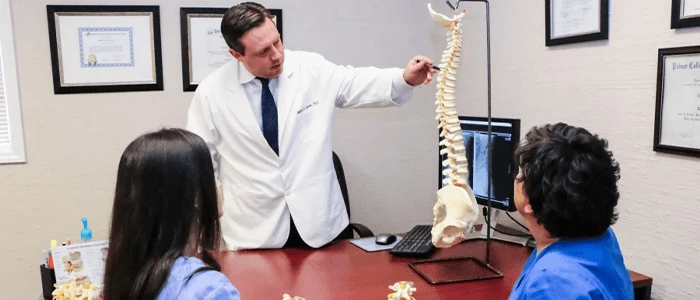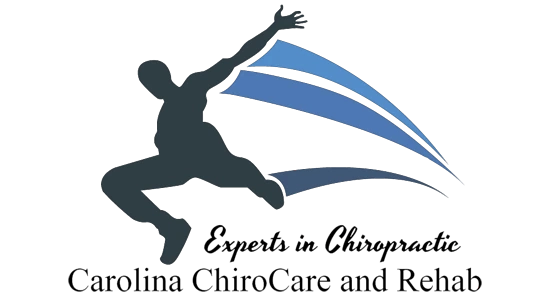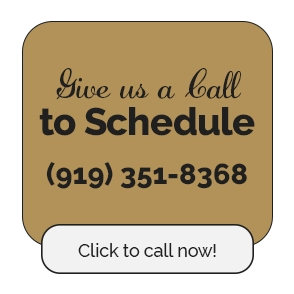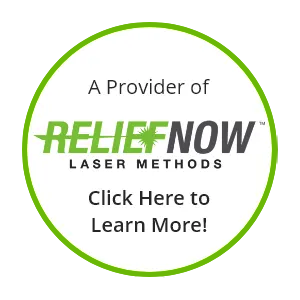7 COMMON CAUSES OF UPPER BACK PAIN: HOW TO FIX IT NOW

The pain can be described as a tight, burning, nagging, and (oftentimes) sharp pain. The pain may be located between the shoulder blades or in a slightly higher area close to the neck and around the top of the shoulders. Thoracalgia may also affect closer to the lower back, close to the lumbar spine.
Mid-back pain may be acute, or sometimes this type of pain is a chronic pain that does not resolve with time.
What causes upper back pain?
Upper back pain is not as common as neck pain or lower back pain but is becoming much more prevalent with all of the computer use we are doing nowadays. It is estimated that 1/10 men and 1/5 women will suffer upper back pain. Mid and upper back pain can develop over time by being overweight, having poor body mechanics, or muscular imbalances. Other causes include
1. Restricted stiff and tight joints.
- Thoracalgia can be caused by an underlying restriction of the thoracic joints or vertebrae. Your thoracic spine includes 12 thoracic vertebrae from T1 (the first thoracic vertebrae) all the way down to T12 (the 12th thoracic vertebrae). It is not uncommon to feel upper back pain when breathing as the thoracic spine expands and contracts during respiration. It may feel like your upper back pain is affecting your lungs. It is not uncommon to feel upper back pain on the right side or the left side.
- The restricted joints can cause upper back pain, or thoracalgia, perpetual discomfort, pain, or tightness, which can lead to inflammation and swelling. This triggers dysfunctions, inflammation in the muscles, and other soft tissues surrounding the spine.
2. Poor Posture
- All of the time we are spending on computers and phones is leading to reconditioned, flexed upper back muscles, leading to more upper back and neck pain. Most people slouch over their work computers for 8-10 hours a day. Exercises and stretches for upper back pain along with posture correcting back braces can effectively treat poor posture.
3. Vitamin and mineral deficiency
- Being deficient in vitamins and minerals like vitamin D, Magnesium and Calcium can cause soft and weak bones, leading to upper back pain and bad posture. Your Chiropractor should help you address any vitamin or mineral deficiencies that may be causing the pain between your shoulders.
4. Disc degeneration or arthritis of the spine
- In between each vertebra, there is a soft disc that allows for weight to be distributed and impacted through the spine, protecting the bones or vertebrae. If the thoracic discs degenerate or herniate, this may lead to thoracic pain or mid-back pain. If this happens, the upper back pain between the shoulder blades will often radiate around the ribs to the front of the chest.
5. As a result of an injury from a car accident, fall, or sports injury.
- Sprains and strains to the muscles and ligaments in the upper back can lead to the development of chronic pain in the neck and between the shoulders. After a whiplash injury ligaments may become unstable and not work and function as they normally would, which leads to the development of chronic upper back pain.
6. Myofascial pain
- Myofascial pain involves connective tissue and muscles. Myofascial pain may develop after an injury like a car accident or from chronic poor posture and stress. If you feel knots around your shoulder blades and upper back that hurt often this as myofascial pain. These knots are referred to as trigger points and can often perpetuate the cycle of pain in the upper back.
7. A pinched nerve from a herniated disc
- While not as common as a pinched nerve in the neck or lower back, you can pinch a nerve in your upper back. If you have radiating pain from your upper back into your ribs, rib pain, pain while breathing, or numbness around the lungs into the ribs and chest you likely have a pinched nerve in your back. Seek treatment immediately.
- Other more serious conditions such as lung cancer and spinal infection can cause upper back pain and should be ruled out by your Chiropractor or Medical Doctor.
Upper back pain symptoms?
- Symptoms of thoracalgia include pain and discomfort in the mid or upper back between the shoulder blades. The pain also may be closer to the neck, down lower towards the lower back, but above the lower back.
- Upper back pain is often described as tight, stiff, sore, or nagging pain around the shoulder and neck. Often, there is a burning discomfort or tingling. Make sure to tell your chiropractor if you feel any radiating pain around the ribs, chest pain, a cough that won't resolve, or breathing problems. These can be signs of a more serious underlying condition.
Upper back pain treatments?
If your thoracalgia is musculoskeletal in nature you will likely do very well under chiropractic care.
Chiropractic care for upper back pain will reestablish the thoracic joint restriction with small gentle adjustments into the spine to restore the mobility and ranges of motion. Stretches for upper back pain are usually provided as well.
Chiropractic care for upper back pain will also focus and treat myofascial pain, muscular imbalances, knots and spasms around the upper back and shoulders, and address poor posture.
Clinics typically utilize physical therapies like electrical muscle stimulation, ultrasound therapy, traction therapy, myofascial release, exercises for upper back pain, and massage therapy to provide relief from the underlying muscular inflammation and discomfort.
Takeaway
Upper back pain can cause pain, loss of sleep, and loss of enjoyment with life activities. Upper back pain between the shoulders is treated successfully with chiropractic care using gentle joint mobilizations, vitamin and mineral supplementation, posture correction, and physical therapies.
In health,
Dr. Jeffrey Gerdes D.C.
OFFICE HOURS
Monday
9:00am - 6:00pm
Tuesday
9:00am - 6:00pm
Wednesday
9:00am - 6:00pm
Thursday
9:00am - 6:00pm
Friday
10:00am - 4:00pm
Saturday & Sunday
Closed
Carolina ChiroCare and Rehab


